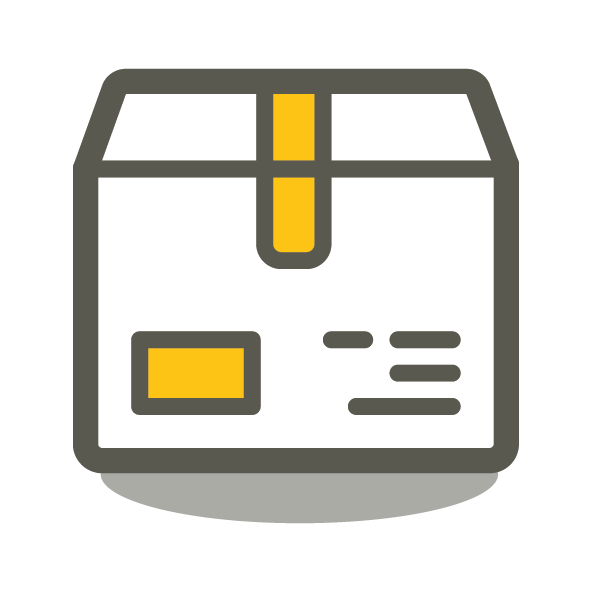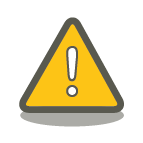The draft Border Target Operating Model (TOM) proposes a new approach to security for all imports and sanitary and phytosanitary controls for imports of live animals, animal products, plants and plant products at the border. TOM will simplify and digitise processes, to be delivered through the UK’s new Single Trade Window (STW).
In April 2022, rather than introducing the final set of timetabled controls for EU imports, the Government instead worked with businesses to develop a new model for imports into Great Britain (GB), known as TOM, to apply to imports from all countries into GB, including the EU.
There is a clear requirement to balance effective border controls whilst supporting businesses with import processes that are simple. TOM will do this through the ability to set our own border policy and use of technology set out in the 2025 UK Border Strategy. Although TOM is focussed on improving how goods are imported, it will also support UK exports to reach their target volumes by the end of the decade.
A draft document has now been published for comment on the proposals, ahead of a final version due for release around June.
Safety and Security
For Safety and Security controls, the approach will be to minimise the burden on businesses, maintain border security, whilst remaining within international standards. TOM aims to:
- Reduce Safety and Security data requirements from a 37 field dataset, to 24 mandatory fields, with remaining fields optional
- Simplify the submission of Safety and Security data through the STW
- Improve use of data by the Government to remove duplication, for example, use of Transit Security Accompanying Documents, in place of Safety and Security and Transit declarations
- Remove Safety and Security requirements for certain outbound freeport goods, outbound transit and fish from UK waters landed in non-UK ports
Sanitary and Phytosanitary
For Sanitary and Phytosanitary controls, TOM will have the following three key elements:
- A new global risk-based approach, so that live animals, germinal products, products of animal origin, animal by-products, plants and plant products will be categorised as high, medium or low risk, with controls weighted against the risks posed both by the commodity and the country of origin
- Simplified and digitised health certificates will be introduced from 2023, including simplified export health certificates in Spring 2023 for animal products and digitised export health certificates in 2024, ensuring additional use of automated data
- Pilot schemes with businesses where authorised importers of plants, plant products and some animal products may be eligible for streamlined controls, with qualification by enhanced assurances and evidence that regulatory requirements and standards are met
The STW will underpin this new approach, providing a single digital gateway for both importers and exporters to provide the data needed to trade and apply for licences and authorisations for trusted trader schemes.
Since the food supply chain is complex, TOM will strive to ensure the introduction of new controls to mitigate biosecurity risks does not negatively impact the food supply chain, which is important to consumers. Businesses and supply chains will need to adapt in response to the introduction of these new controls, particularly for the new Sanitary and Phytosanitary regime. Businesses using different models of groupage will be most impacted and so a specific approach will be introduced to support them.
TOM is proposing a phased approach to its introduction based on:
- The need for effective management of biosecurity, public health, food safety and security risks
- The need to give businesses sufficient time to prepare
- The need to ensure supply chains have time to adapt and are not disrupted
- The speed at which stakeholders can be worked with, to build systems and infrastructure, including roll-out of the STW
Timeline
TOM will be implemented through three major milestones:
- 31 October 2023 – introduction of health certification on imports of medium risk animal products, plants, plant products and high risk food and feed of non-animal origin from the EU
- 31 January 2024 – introduction of documentary and risk-based identity and physical checks on medium risk animal products, plants, plant products and high risk food and feed of non-animal origin from the EU, plus imports of Sanitary and Phytosanitary goods from the rest of the world will begin to benefit from TOM and existing inspections of high-risk plants/plant products from the EU will move from destination to Border Control Posts
- 31 October 2024 – Safety and Security declarations for EU imports introduced, together with a reduced dataset for imports and use of the STW, removing duplication across pre-arrival datasets and pre-lodged customs declarations
Import checks on food further delayed
The checks due to be introduced following Brexit on fresh farm produce coming to the UK from the EU, have again been delayed. These controls were to begin in October, but will now not start until sometime during 2024. The concern is that extra checks on imported goods will push up prices and give rise to further inflation.
The delay will now give businesses additional time to prepare for the changes and is welcome news to UK food importers.
Northern Ireland
There will be separate guidance for businesses under the Windsor Framework and so this is not covered by TOM – please see our article on the Windsor Framework.
For goods moving into Northern Ireland from GB, arrangements in the Windsor Framework will deliver a new system of green and red lanes at Northern Ireland ports, in order to protect the UK’s internal market, whilst providing reassurances on goods destined for the EU. None of the additional checks or controls under TOM will apply to imports into Northern Ireland from the EU, allowing Northern Ireland full access to the EU market.
As for border controls on EU imports under TOM, businesses from the Republic of Ireland will face new checks and controls when moving Irish goods from Irish ports directly to GB. As well as implementing the new biosecurity and security controls set out in TOM on Irish goods moving direct from the Republic of Ireland to GB, full customs controls for these movements will be introduced, changing the current arrangements that apply when these goods arrive from Irish ports.
TOM will build on the Windsor Framework, ensuring Northern Ireland businesses will have unfettered access when moving goods to GB. Controls on Irish goods moving from Irish ports to GB from October 2023 will be phased in.
Consultation
The TOM consultation closed on 19 May 2023 and aimed to answer four key questions:
- What are the views on the new model for Safety and Security controls, their impact on businesses and their implementation?
- What are the views on the new model for Sanitary and Phytosanitary controls, its impact on biosecurity, animal health and welfare, food safety, businesses, as well as its implementation?
- What challenges exist for the private sector in meeting the proposed timeline for introducing the new model and how can specific business models for importing be further supported to prepare?
- What further detail is needed in order for businesses to prepare for and implement the new TOM?
The feedback from businesses is now being analysed, to be considered for the final published version of TOM.
If you have any queries or questions regarding the above, please do get in contact with us below:


